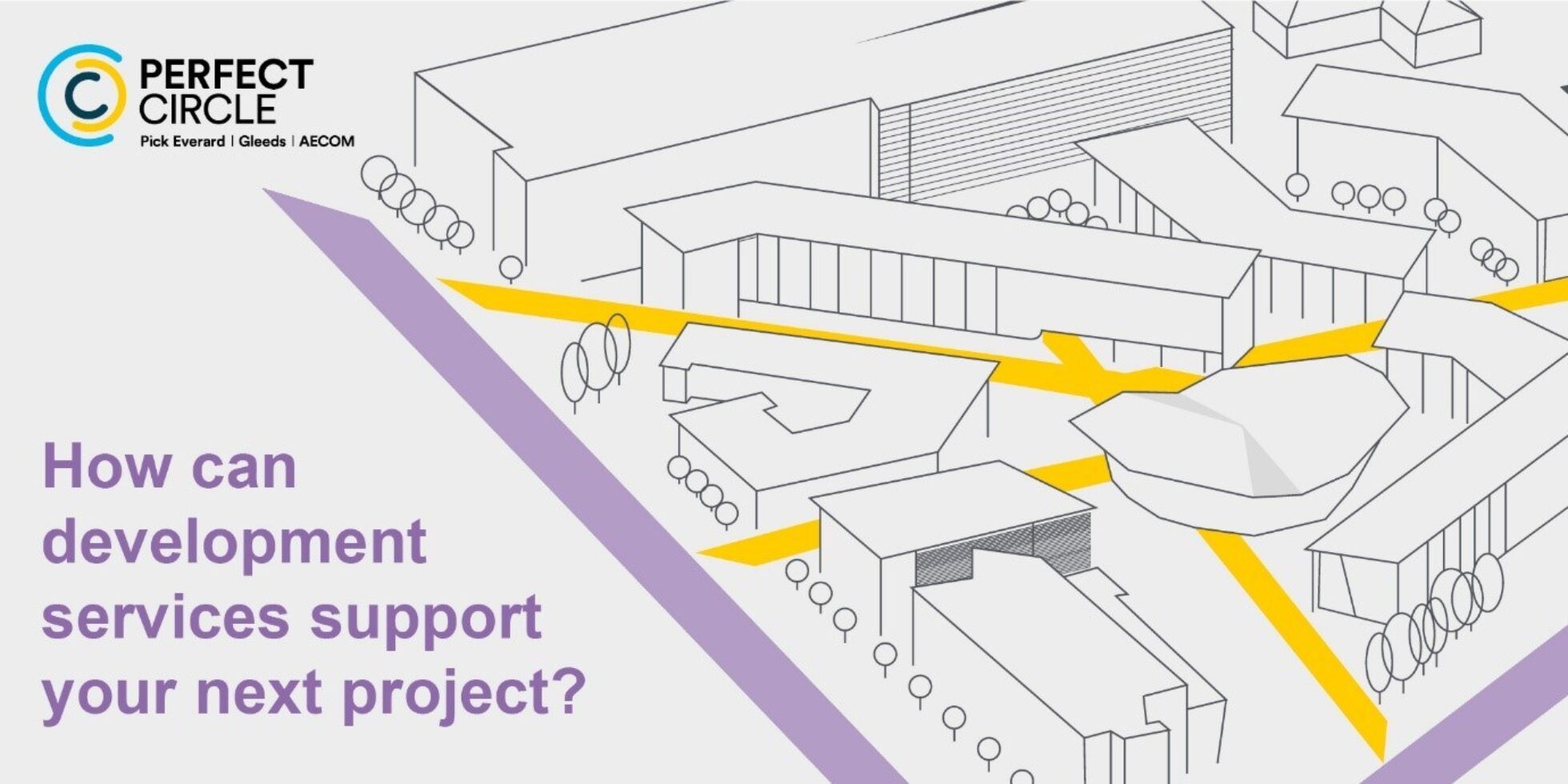Unlocking major developments in the public sector

Deborah Rose, Leicester
Local authorities have invested significant time and financial resources into the preparation of their strategic spatial and infrastructure planning.
This work has usually been undertaken as a series of separate studies and processes:
- Transportation studies have assessed and evaluated the capacity of the existing transportation network and the options for meeting the infrastructure needs of new development.
- Physical planning studies have explored and identified potential development layouts and capacities, to create good ‘place-making’ and well connected networks and environments.
Those studies identify the infrastructure requirements to unlock and facilitate the development, and usually provide an excellent evidence base to prove that need. Collectively they inform the preparation of a Spatial Masterplan and Infrastructure Delivery Plan (IDP). Most local authorities can get to this stage.
Using parallel interrogation to develop a robust Delivery Strategy
Whilst the Spatial Masterplan creates a sound vision and the IDP reliably identifies the infrastructure required to deliver that vision, these strategies have rarely been informed by a parallel interrogation of the delivery and funding issues, particularly relating to the linked phasing of infrastructure and housing delivery.
This is a significant weakness when the local authority tries to move forward to the next stage of preparing a robust Delivery Strategy.
The way forward, in this case, is to explore and test potential delivery scenarios, by exploring and interrogating all the ‘layers’ of development and transportation issues collectively, within a single, cross-informing process. This will consider and test development potential and infrastructure need alongside all issues and requirements: deliverability, viability, funding potential, commerciality, phaseability, sustainability, environmental and community needs.
The Masterplan and the IDP form part of the input into the interrogation and optioneering process, but may need to be ‘shaped’ and refined to take account of the wider interrogations and impacts.
It is important that these plans are not prematurely ‘cast in stone’, but remain flexible and capable of change to respond to the findings of the work and the formulation of a Delivery Strategy which identifies the optimum ways to:
- Reduce up-front and long term infrastructure costs
- Maximise the physical and financial contributions from developers, to minimise the need for public funding
- Co-ordinate the phased funding and delivery of infrastructure and development
- Achieve commerciality and gain developer/landowner support and collaboration
- Minimise risk
- Minimise the need for compulsory purchase orders and acquisition
- Create sustainable communities and responsive ‘place-making’
- Meet all other development objectives and requirements
- Ensure support of key stakeholders and decision makers
- Allow for ‘future-proofing’ of the development proposals.
A proven track record and capability, available through the Built Environment Consultancy Services framework
Perfect Circle is already working with a number of local authorities across the UK to help them unlock development and deliver much needed housing and infrastructure projects, stimulating the local economy and creating new communities which integrate seamlessly with existing developments.
The team brings together experienced, multi-disciplinary professionals who work collaboratively with local authorities to review their current position, interrogate delivery and funding options, and generate robust Delivery Strategies which unlock major housing development and reduce the need for public sector funding.
Through the pre-engagement process within the framework, we can undertake early sense-checks of existing plans and proposals to help you define your next steps with confidence and clarity, paving the way for successful project delivery.

